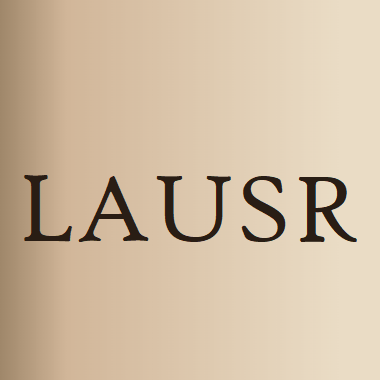
Selaginella tamariscina is a medicinal plant that contains a variety of plant secondary metabolites; however, it is currently being collected indiscriminately from its native habitats. Hence, we have developed an… Click to show full abstract
Selaginella tamariscina is a medicinal plant that contains a variety of plant secondary metabolites; however, it is currently being collected indiscriminately from its native habitats. Hence, we have developed an efficient propagation method for S. tamariscina. Explants grown in vitro were cultured in Murashige and Skoog medium of various strengths (1/16–2x), and the highest number of sporophytes (65.7) were obtained with 1/4x MS medium. Culturing explants at various lengths (3–12 mm) for 12 weeks indicated 12 mm as the most appropriate size for sporophyte propagation. We then evaluated various concentrations of individual components, sucrose (0–5%), total nitrogen (7.5–30 mM), nitrogen ratio (3:0–0:3), and agar (0.6–0.8%), in the 1/4x MS medium for explant growth for 12 weeks. The maximum number of sporophytes were formed in media containing 3% sucrose, 15 mM nitrogen, and 0.6% agar, with a nitrogen ratio of 1:2. The propagated S. tamariscina was then acclimatized in a controlled environment to improve survival in an external environment. These results demonstrate the effective conditions for in vitro mass propagation of S. tamariscina, finding that methods utilizing sporophytes were more efficient than conventional propagation methods and yielded numerous plants in a short period.
Journal Title: Agronomy
Year Published: 2021
Link to full text (if available)
Share on Social Media: Sign Up to like & get
recommendations!